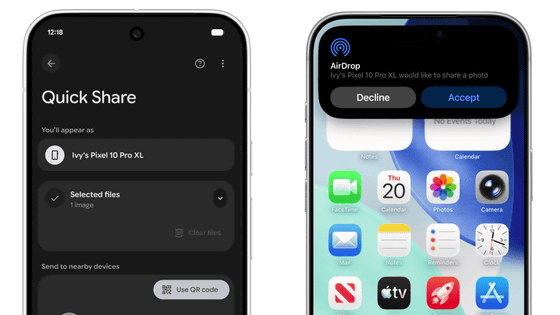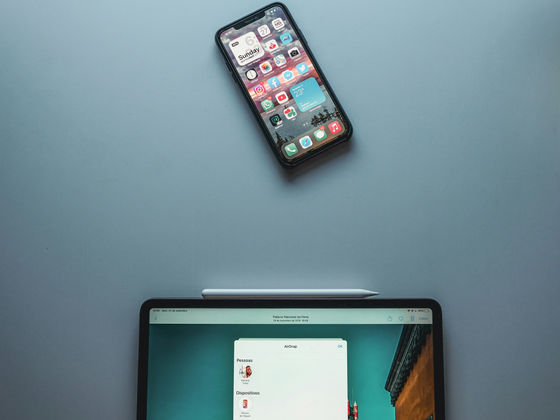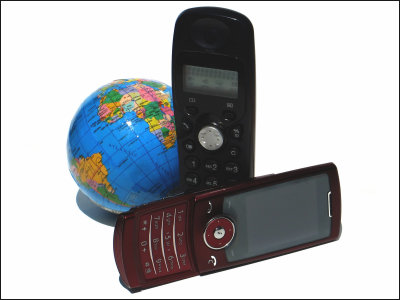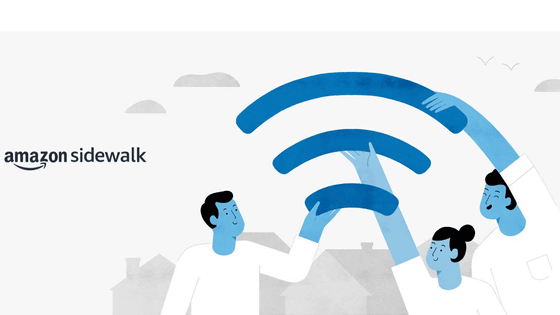Why is Apple's AirDrop now available on Android?

In November 2025, AirDrop, a feature known for allowing file transfers only on Apple devices, suddenly became compatible with Quick Share, a file transfer feature available on Android and Windows devices. This change was not made by Apple at all, and it was a hot topic as Google made the change independently, but there are still questions surrounding how it was actually implemented. Some point to EU regulations as the reason behind this.
The EU made Apple adopt new Wi-Fi standards, and now Android can support AirDrop - Ars Technica
AirDrop is known as Apple's file transfer feature, and Quick Share is known as Android's file transfer feature, and the lack of compatibility between the two has been one of the obstacles for users when purchasing a smartphone.
However, in November 2025, Google announced that Quick Share was now compatible with AirDrop, and the situation changed dramatically.
Android's file sharing feature 'Quick Share' now supports 'AirDrop,' allowing files to be sent between Android smartphones and iPhones - GIGAZINE

At the time of writing, AirDrop will only appear as a connection suggestion in Quick Share if you have enabled AirDrop on your iPhone or other device and set the connection mode to 'Everyone (10 minutes only).' Regarding support for the alternative 'Contacts Only' mode, Google said, 'We welcome future collaboration opportunities with Apple to make this a reality,' suggesting that Quick Share support is not a result of a partnership with Apple. Google later clarified that it is not partnering with Apple.
Technology media Ars Technica points out that 'the sudden availability of collaboration is almost certainly due to regulations under the EU's Digital Markets Act (DMA).'

AirDrop uses Bluetooth to connect devices and transfers files and data over a fast, peer-to-peer Wi-Fi connection. This is not a unique technology, and at the time of writing, almost every smartphone and tablet on the market has a similar system.
However, Apple also uses its own proprietary protocol, Apple Wireless Direct Link (AWDL), to communicate with other companies' products that do not support AWDL.
However, in early 2025, the EU adopted a new specification decision requiring the adoption of new interoperable wireless standards, which will require Apple to add support for the Wi-Fi Aware standard instead of AWDL. Ars Technica speculates that this will make Quick Share, which supports Wi-Fi Aware, compatible with Apple products. Neither Google nor Apple has mentioned DMA at all, so the truth is unclear.

Wi-Fi Aware was added in iOS 26 and iPadOS 26, so Quick Share only works with these versions or later. macOS, however, is not compatible because it does not support Wi-Fi Aware. Unlike iOS and iPadOS, macOS is exempt from EU law, which Ars Technica points out is 'not a coincidence.'
Android has supported Wi-Fi Aware since Android 8.0, released in 2017, so in theory most modern Android smartphones should be able to support AirDrop.
Ars Technica said, 'If we were to speculate as to why Google hasn't mentioned the Wi-Fi interoperability standard or DMA, it might be because Google has expressed dissatisfaction with aspects of the law and its implementation even before the law was enacted. Google has occasionally tried to use DMA, but it has also had some complaints, so it probably doesn't want to explicitly praise or evaluate it.'
Related Posts:






